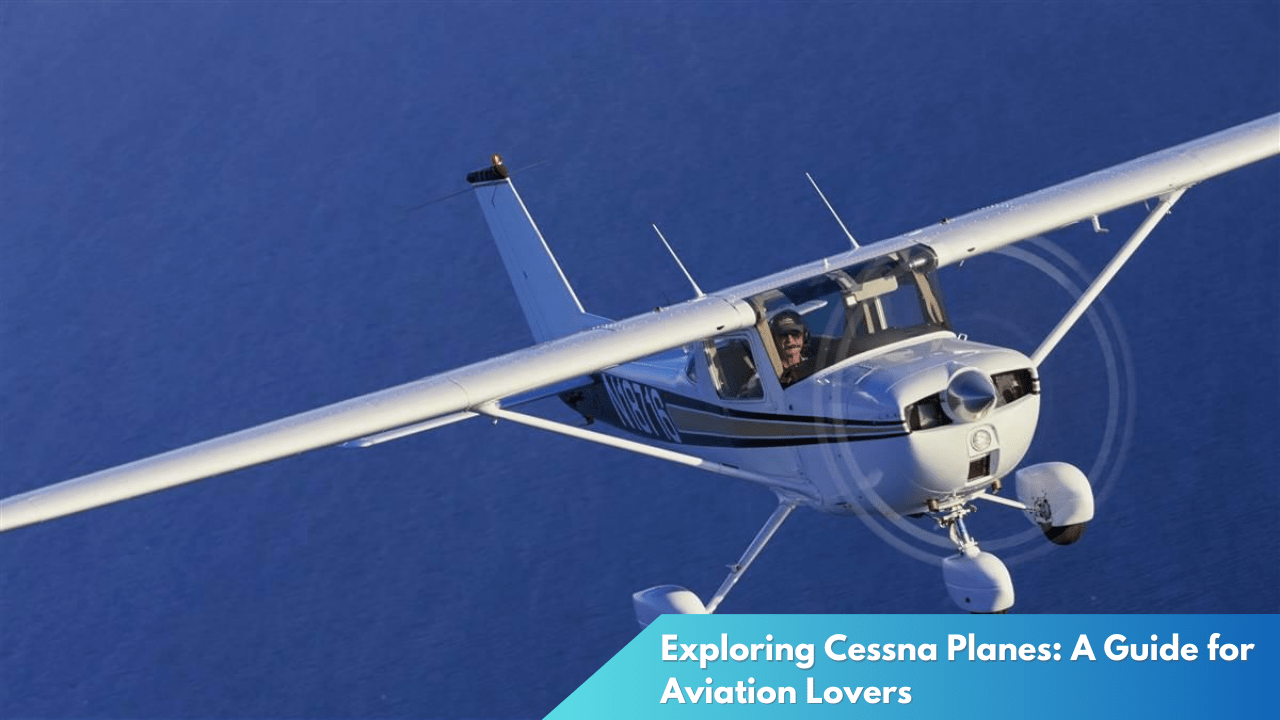Exploring Piper Dakota: A Complete Guide for Aviators
The Piper Dakota has long been celebrated among aviation enthusiasts for its reliable performance, versatility, and ease of handling. As a part of the renowned Piper Aircraft family, the Dakota offers a unique blend of simplicity and capability, making it a favored choice for pilots across various skill levels. This article delves into the allure of the Piper Dakota, offering a comprehensive guide for aviators keen on mastering this exceptional aircraft.
Discovering the Piper Dakota: An Aviator’s Dream

The Piper Dakota, introduced in the late 1970s, is a single-engine, fixed-gear aircraft known for its robust build and reliable performance. It stands out in the Piper Aircraft lineup for its 235-horsepower Lycoming engine, providing a solid balance between power and efficiency. With a cruising speed of approximately 140 knots and a range of over 700 nautical miles, the Dakota is ideal for both short trips and extended cross-country flights. Its high-wing loading and stable flight characteristics make it a dependable choice for pilots desiring a stress-free flying experience.
One of the Dakota’s most appealing features is its spacious and comfortable cabin, which can comfortably seat up to four passengers. This makes it an excellent option for family excursions or trips with friends. The aircraft’s generous luggage compartment further adds to its practicality, allowing aviators to carry everything from essential travel gear to golf clubs. This combination of comfort and utility enhances its appeal for recreational pilots and flight schools alike, who appreciate both its forgiving nature and impressive payload capacity.
The Piper Dakota also shines in terms of ease of maintenance and operation, which is a significant factor for owners and operators. Its straightforward design and durable components contribute to lower maintenance costs and downtime compared to more complex aircraft. The Dakota’s reliability is bolstered by a strong community of owners and enthusiasts, readily available resources, and comprehensive support from Piper Aircraft, ensuring that aviators can keep their planes in peak condition with relative ease.
Comprehensive Guide to Mastering the Piper Dakota

Mastering the Piper Dakota begins with a thorough understanding of its systems and performance characteristics. Aviators should familiarize themselves with the aircraft’s Lycoming O-540 engine, which is known for its durability and consistent power output. Understanding the engine’s operations, including its fuel management and cooling systems, is crucial for achieving optimal performance and extending the engine’s lifespan. Pilots should also be proficient in handling the Dakota’s fixed-gear configuration, which offers simplicity but requires attention to speed management during landing.
In-flight training is paramount for mastering the Dakota’s handling and responsiveness. While the aircraft is generally forgiving, it requires precise control inputs, especially during takeoff and landing phases. Pilots should practice maneuvers such as steep turns, stalls, and emergency procedures under the guidance of an experienced flight instructor. Additionally, gaining proficiency in crosswind landings is essential, given that the Dakota’s stability can be affected by wind conditions. Mastery of these skills will contribute to safer and more confident flying experiences.
Finally, leveraging flight planning tools and resources can significantly enhance an aviator’s ability to manage the Piper Dakota effectively. Utilizing software for navigation and weather prediction, pilots can make informed decisions about their flight routes and potential challenges. Regularly attending seminars and workshops about Piper Dakota operations, as well as joining pilot associations, can provide valuable insights and updates on best practices and regulatory changes. By continually expanding their knowledge and skills, aviators can ensure they are well-prepared to handle various scenarios and make the most of their time in the cockpit.
The Piper Dakota remains a beloved aircraft among pilots seeking a versatile and reliable flying experience. Its combination of performance, comfort, and ease of maintenance makes it an ideal choice for both recreational flying and instructional use. By understanding its unique attributes and dedicating time to mastering its nuances, aviators can unlock the full potential of the Piper Dakota, ensuring that every flight is as enjoyable and rewarding as possible.



